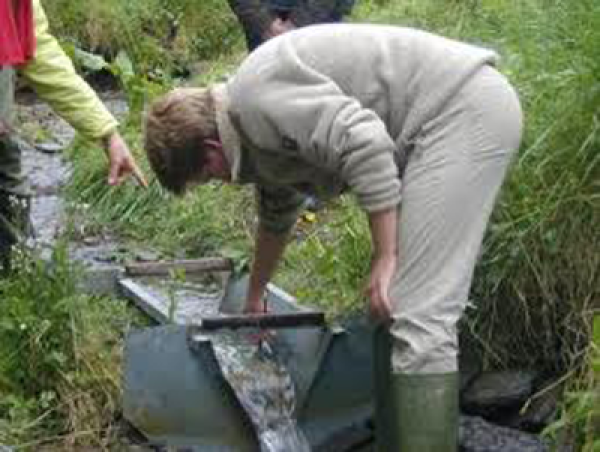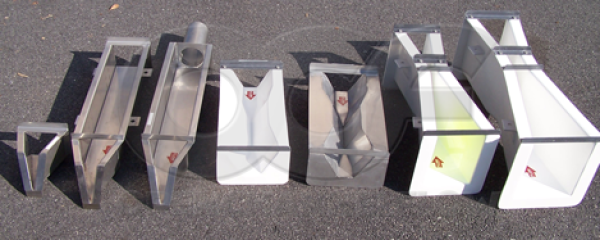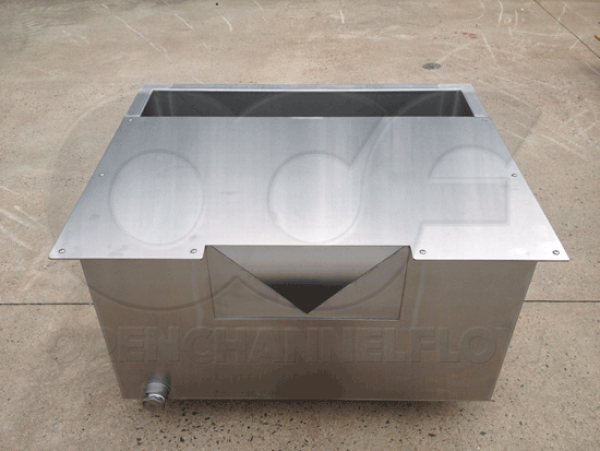This website uses a variety of cookies, which you consent to if you continue to use this site. You can read our Privacy Policy for
details about how these cookies are used, and to grant or withdraw your consent for certain types of cookies.
Long vs Short-Throated Flumes: Construction, Accuracy, & More
The Water Measurement Manual states that:
“Long-throated flumes have many advantages compared to other measuring devices (for open channel flows), including Parshall flumes. Long-throated flumes are more accurate, cost less, have better technical performance, and can be computer designed and calibrated.”
But does that tell the whole story?
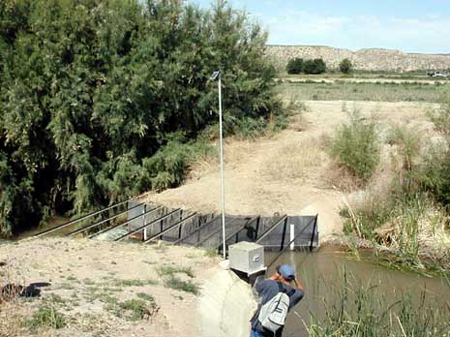
Construction
Construction of a long-throated flume can be simple; with the flume consisting of no more than a raised sill across the channel, preceded by an approach ramp. On the downstream side of the flume, a discharge ramp can be added to maximize head recovery. In lined irrigation canals, the canal itself serves as the approach section for the flume, so an approach doesn’t need to be formed. Similarly, the walls of the canal serve as the walls of the flume. Installation of long-throated flumes in lined canals can be lower – assuming the installer has the ability to design, shape, and form the flume to begin with.
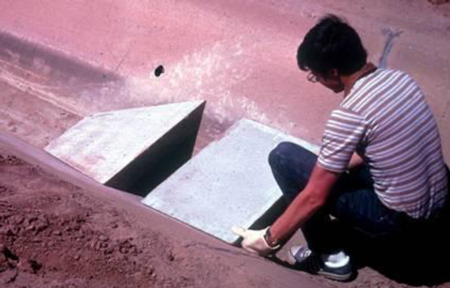
Unfortunately, this level of technical expertise is usually beyond the experience of most irrigation users. Their chief concern is to install a flume that will meet their water rights / irrigation needs and on to next item on their to-do list. Iterative design of a long-throated flumes – even with modern software like WinFlume – can take time, particularly if the operator isn’t familiar with the technology and terminology. Also, now the user has to either fabricate the flume themselves or find a competent local fabricator.
Accuracy
The ability to computer calibrate long-throated flumes is often touted as a key benefit. The flumes can be calibrated to within +/- 2% head measurement error (versus the +/- 3-5% of short-throated flumes). While this may sound impressive, remember that device error is only a portion of the overall system error. Device fabrication, flow meter zeroing / calibration, level measurement, device range, installation, and approach conditions are all elements of the overall system error.
Sediment Passage
Although the Water Measurement Manual states “field observations have shown that the flume can be designed to pass sediments transported by channels with subcritical flow.” The question here then is not IF long-throated flumes can be designed to pass sediments, but HOW to do so. There are no guidelines given as to how to accomplish this.
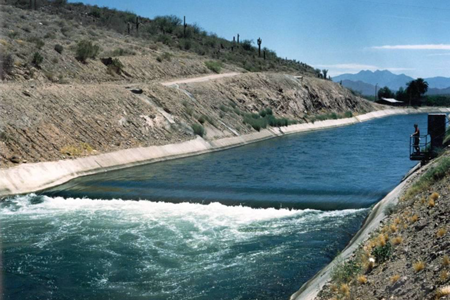
For researches, the problem may be easy, but, again, for the average user, the design of many short-throated flumes are KNOWN to pass such sediments easily –without the need for additional design. To be fair, here, upstream sediment deposits are also a concern with Palmer Bowlus flumes.
Secondary Devices
The equations used for long throated flumes are generally not supported in secondary device / flow meters. Some simplification of discharge equations can be accomplished through the use of software such as WinFlume, but here the overall accuracy of the equation is diminished – possibly to the point where the system accuracy is no better than that for a short-throated flume.
Points can always be entered into a flow meter to develop strapping tables, but entering a 50-point table is laborious and can introduce unintended errors.
Additionally, as long throated flumes are not standardized in their dimensions - they are developed specifically for each site - operators going from site to site must pay special attention to make sure they are applying the right flow equation. This may sound like a no brainier, but this is something we see time and time again even in short-throated flumes where the sizes are standardized. The problem is most common new personnel are hired or where equipment has failed and no record of how the meter was programmed has been kept.
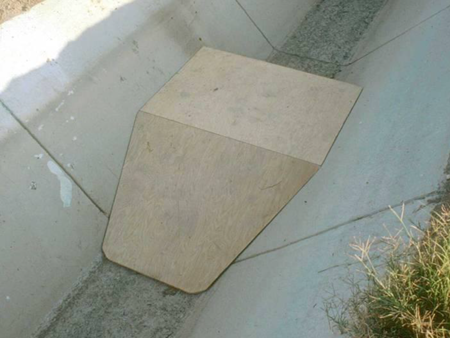
While long-throated flumes do have a distinct advantage over short-throated flumes in that rating tables can be developed based upon post-construction dimensions, this is not as critical an advantage as it would seem.
Remember that all short-throated flumes made in fiberglass are fabricated on dimensionally accurate master molds. These master molds ensure that the dimensions of the flume conform to the published standards. Similarly, metal fabricated flumes sourced from companies specializing in primary devices exhibit high levels of dimensional accuracy.
Typically, dimensional problems with short-throated flumes only occur when the flumes are sourced from fabricators who don’t specialize in flumes – those offering railings, sailboats, car parts, feed troughs and the such. These fabricators should be relatively easy to spot.
In industrial pre-treatment applications where the operators are only monitoring the flow equipment as part of a wide range of maintenance or environmental tasks at a facility, the familiarity of the short-throated flumes is a distinct advantage.
Images: New Mexico State University, College of Engineering, Department of Civil Engineering, Wahl, T., Introduction to Long-Throated Flumes (Ramp Flumes), Broad-Crested Weirs and WinFlume
Related Blog Posts
Explore more insights in our blog.

LOCATIONS IN ATLANTA, GA & BOISE, ID


